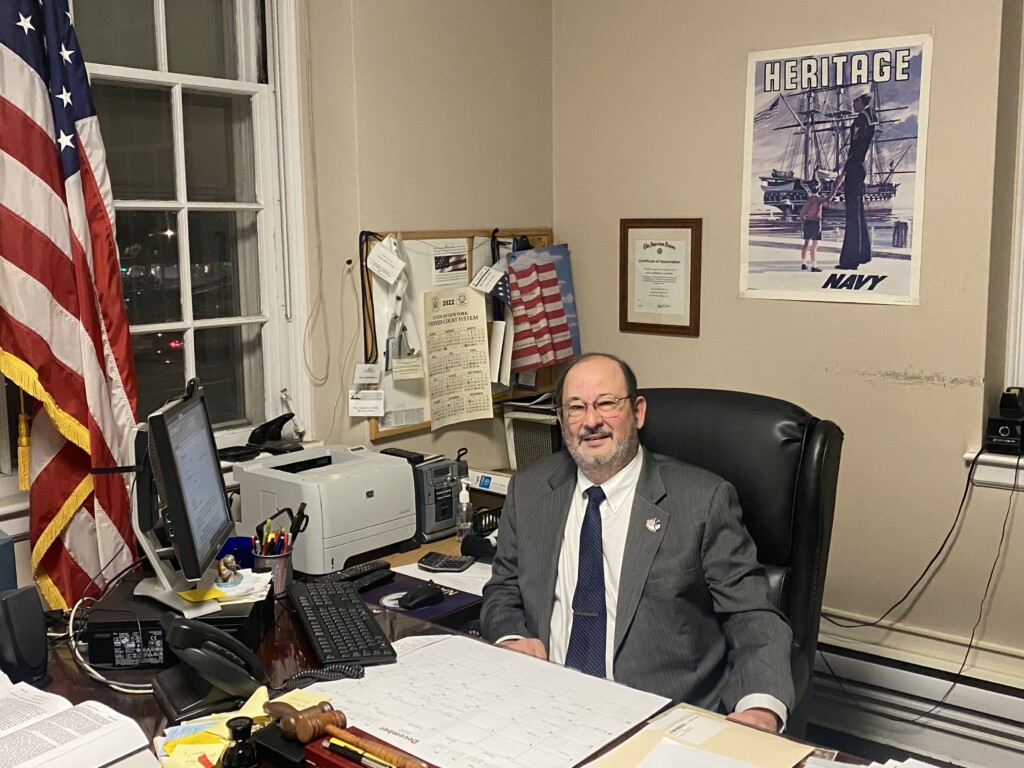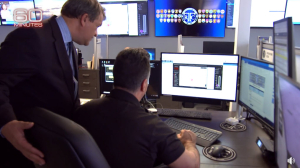Holding Court: Confronting DNA Evidence

Holding Court is a series by retired Rye City Court Judge Joe Latwin. Latwin retired from the court in December 2022 after thirteen years of service to the City.
What topics do you want addressed by Judge Latwin? Tell us.
By Joe Latwin
If your DNA matches the DNA at the crime scene is a conviction a certainty? As a recent New York case found, it depends on how that DNA evidence is presented.
The Sixth Amendment to the U.S. Constitution gives the accused, among other things, the right to be informed of the nature and cause of the accusation; and to be confronted with the witnesses against him – the “Confrontation Clause”. Thus, “if an out-of-court statement is testimonial in nature, it may not be introduced against the accused at trial unless the witness who made the statement is unavailable and the accused has had a prior opportunity to confront that witness”. If the witness testifying against the accused did not participate in all the DNA gathering, testing, and analysis, is the right to confront witnesses violated?
After a store was robbed, a cellphone that had been left behind when the robbers fled was found. The Police swabbed the phone for DNA, and analysts from the Medical Examiner (“ME”) created a DNA profile from the swab, and ran the profile through the Combined DNA Index System (CODIS). After CODIS identified defendant as the source of the DNA based on a preexisting DNA profile stored in the databank, she was arrested and charged with robbery. The ME created a DNA profile from a post-arrest buccal swab sample from defendant and confirmed the match.
At trial, the People called a criminalist from the Medical Examiner’s office to testify that defendant’s DNA profile matched the profile developed from the crime scene swab. The People offered three exhibits into evidence: a forensic biology file containing all paperwork developed by the ME, including a DNA profile generated from the DNA swabbed from the cellphone; a similar forensic biology file that contained a DNA profile generated from the confirmatory swab taken from defendant; and a demonstrative chart used to explain the matches to the jury. Defense counsel objected, arguing that because the witness did not perform any of the DNA testing himself, defendant’s right to confrontation would be violated by his testimony regarding the DNA profiles. The witness had performed an independent analysis of the profiles. The Court allowed the testimony and admitted all three exhibits. The witness testified about the process for developing DNA profiles and described his work on the profiles in this case. With the use of the comparison chart, he testified that the DNA mixture found on the swab of the entire phone was approximately 25.7 quadrillion [times] more probable if it originated from the defendant than another. Defendant testified and denied involvement in the robbery.
The jury found defendant guilty. The Appellate Division affirmed, holding that defendant’s right to confrontation was not violated because the criminalist “performed his own analysis of the DNA profiles.” The case was appealed to the Court of Appeals on the question of defendant’s rights under the Confrontation Clause.
The first task is to determine whether the testimony would be “essentially ministerial”. Preliminary steps involved in the creation of DNA samples are “essentially ministerial tasks” since the early stages of DNA testing are “highly automated” and “mostly automated” in which “the analyst’s role is to facilitate the operation of a machine.” Instead of imposing a rule that required production of every person who comes into contact with the evidence at these preliminary stages of testing, the courts held instead that the relevant witness is one directly involved in the critical final stage of testing, when an analyst must exercise judgment to cull the data and generate the DNA profile. It is at this later stage of the testing that any element of human decision-making enters the process. The testifying analyst must have either participated in or directly supervised this “final” step that generates the DNA profile, or must conduct an “independent analysis” of the data used to do so in a manner that enables replication of the determinations made at that stage in order to verify the profile. The record failed to establish that the testifying analyst had the requisite involvement with either of the DNA profiles.
Since the Court of Appeals could not discern from the record the criminalist’s level of involvement in the generation of the DNA profiles at the crucial final stage of testing and he did not recount any involvement in the stages of testing that require the exercise of judgment and the opportunity to identify error, the right to confront the witness was violated. Accordingly, admission of the criminalist’s testimony and the underlying exhibits was error and the conviction was overturned. The court noted technology may also develop in a way that affects confrontation rights and its holding is limited to the process for forensic DNA analysis as currently conducted.






